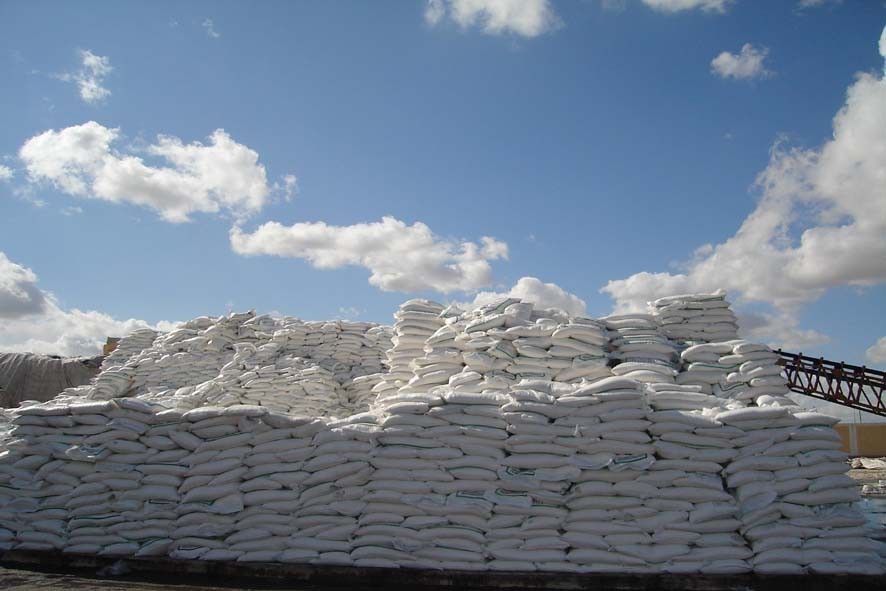General Information on the Importance of the Sugar Industry
-
The human body secures about half of its daily energy needs from carbohydrates, and sugar alone provides one-sixth of this energy. This essential substance is obtained from two main sources: sugar beet and sugar cane.
-
Currently, there are around 1,500 factories worldwide producing sugar from cane, yielding approximately 60 million tons of white sugar annually, along with about 1,000 factories producing sugar from beet, which yield around 40 million tons annually.
-
Since sugar is a primary and essential food item for human life, not limited to specific social classes, the sugar industry is considered one of the strategic global industries, serving as a cornerstone of food security.
A Historical Overview of Sugar Production
Global Sugar Production:
-
Sugarcane (Saccharum officinarum) has been known since the 8th millennium BC. In 327 BC, the soldiers of Alexander the Great observed sugarcane plantations in India and learned from the locals how to crush the canes, extract the juice, and crystallize it.
-
Industrial sugar production from sugarcane, however, began for the first time in 1747 AD in the United States of America.
-
In 1493, during his second voyage, Christopher Columbus introduced sugarcane to the New World.
-
By the 17th century, sugar production flourished in the New World, where raw sugar was produced and then shipped to Europe for refining and consumption.
-
During the same period, the German scientist Andreas Marggraf succeeded in extracting sucrose (white sugar) from sugar beet (Beta vulgaris), a crop that had been introduced to Europe during the Crusades from the Levant—its place of origin—where it was cultivated primarily for salads.
-
The first factory for producing sugar from sugar beet was established in Poland in 1803, followed by the first in Egypt in 1858.
-
The sugar industry developed rapidly worldwide throughout the 20th century in terms of agriculture, technology, processing capacity, and efficiency. Global sugar production increased from 10 million tons in 1900, to 25 million tons in 1930, to 50 million tons in 1960, reaching about 100 million tons by the late 1970s, which has remained roughly the average level of annual global sugar consumption.


